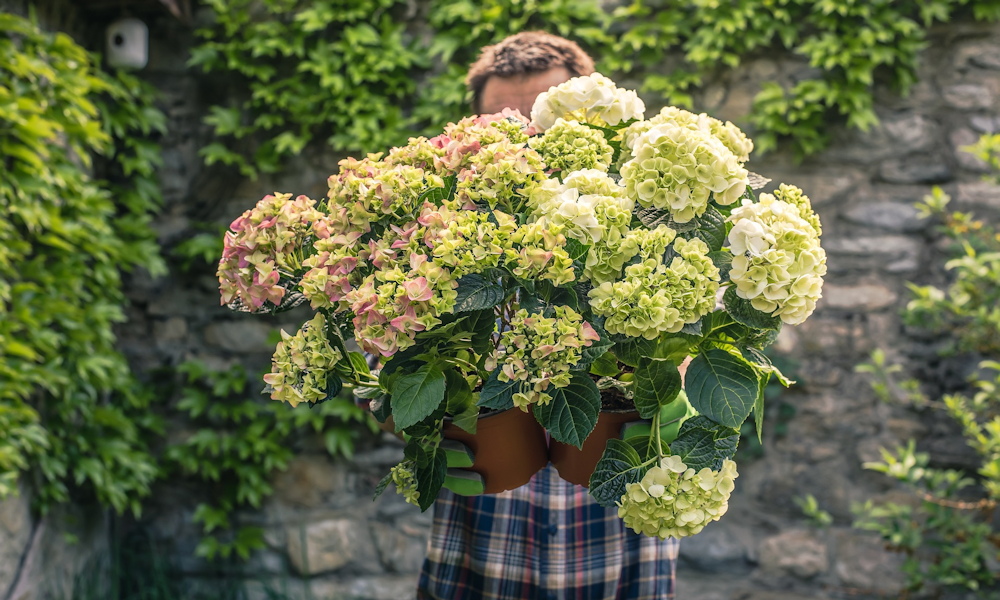Starting a garden can be a fulfilling experience, but it often comes with a steep learning curve. Many first-time gardeners dream of lush landscapes and vibrant vegetable patches, but they quickly discover that gardening is both an art and a science. If you’re new to gardening, here are seven common mistakes to avoid, along with some tips to set you on the path to success.

1. Choosing the Wrong Location
One of the first decisions you’ll make is where to establish your garden. It’s tempting to start digging without much thought, but this can lead to trouble. Most plants need several hours of sunlight each day, so take the time to observe your yard. Note the sun and shade patterns throughout the day. If an area is shaded by trees or buildings for most of the day, it’s probably not suitable for sun-loving plants.
In addition to sunlight, consider the proximity of utilities. Planting a flowerbed might not pose a risk to underground pipes or wires, but if you’re planting trees, you could have problems as roots grow deeper. Always check with local utility companies to ensure you won’t hit anything when digging.
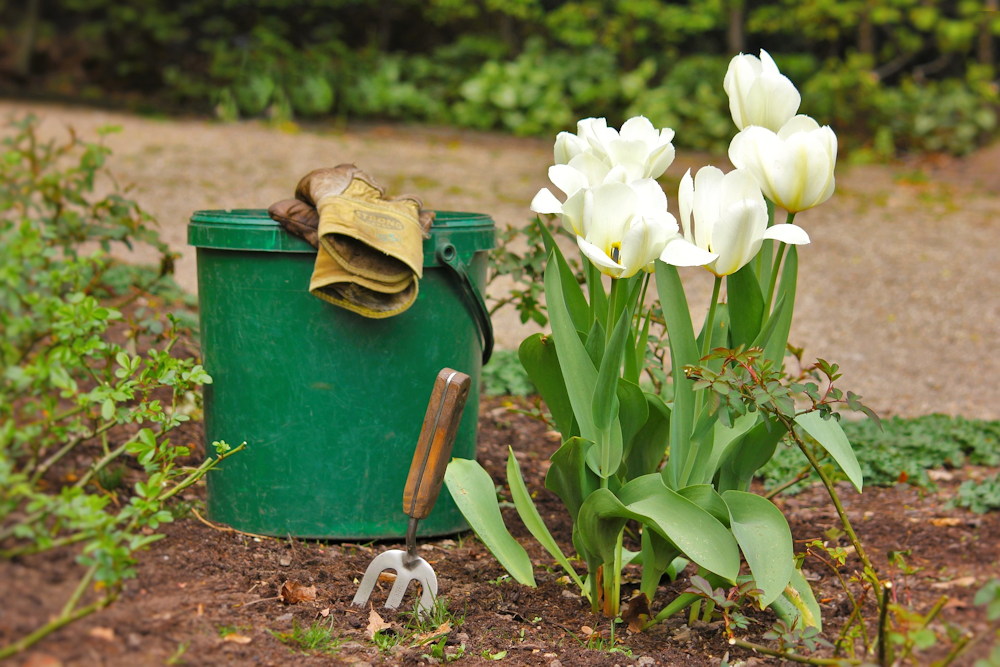
2. Overestimating Your Capacity
New gardeners often get carried away with their plans, only to find they’ve taken on more than they can handle. A large garden might sound appealing, but it requires a lot of maintenance. If you overcommit, you might find yourself overwhelmed by the sheer amount of work.
It’s best to start small. Plant a manageable area, and as you gain confidence and experience, gradually expand your garden. This approach allows you to learn the ropes without feeling overburdened by endless tasks.

3. Ignoring Soil Quality
Good soil is the foundation of a healthy garden, yet many beginners overlook this crucial step. Not all soil is created equal, and a simple test can reveal its composition and pH level. Fill a mason jar with soil from your garden, add water, shake and let it settle. This will show you the soil’s structure, indicating whether it’s sandy, loamy or clay-based.
With this information, you can determine what amendments or fertilizers are needed to improve soil quality. A soil test can save you from frustration down the road, ensuring your plants get the nutrients they need to thrive.
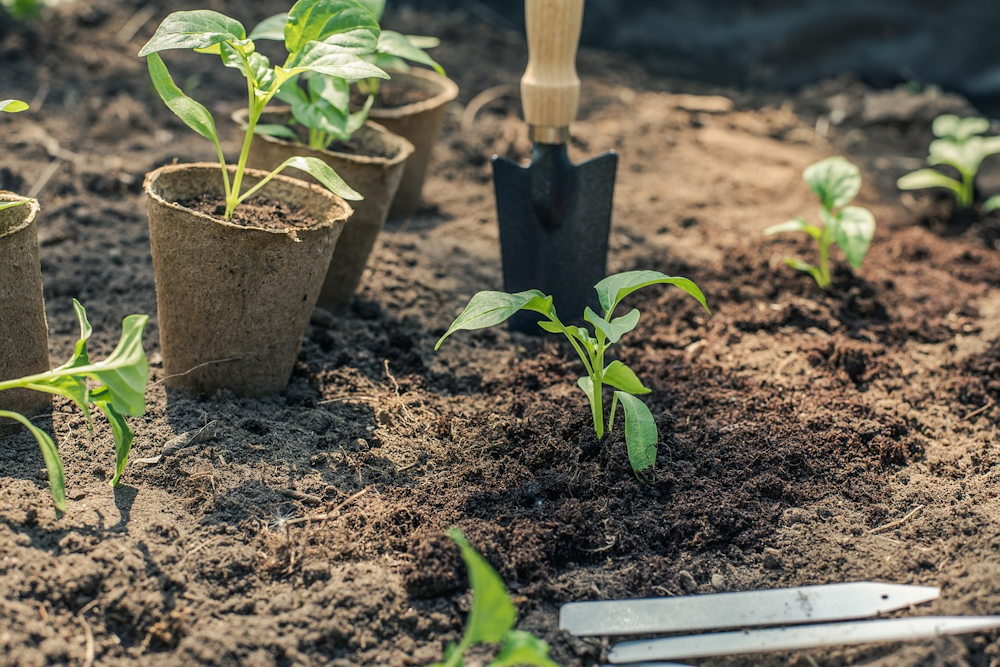
4. Neglecting to Install a Fence
Wildlife can wreak havoc on a garden, especially if there’s no barrier to keep them out. Deer, rabbits and other critters might see your plants as a delicious buffet. By the time you notice the damage, it might be too late.
Consider installing a fence to protect your garden. Options range from simple chicken wire to decorative wooden fences. Choose a solution that fits your aesthetic and provides adequate protection.
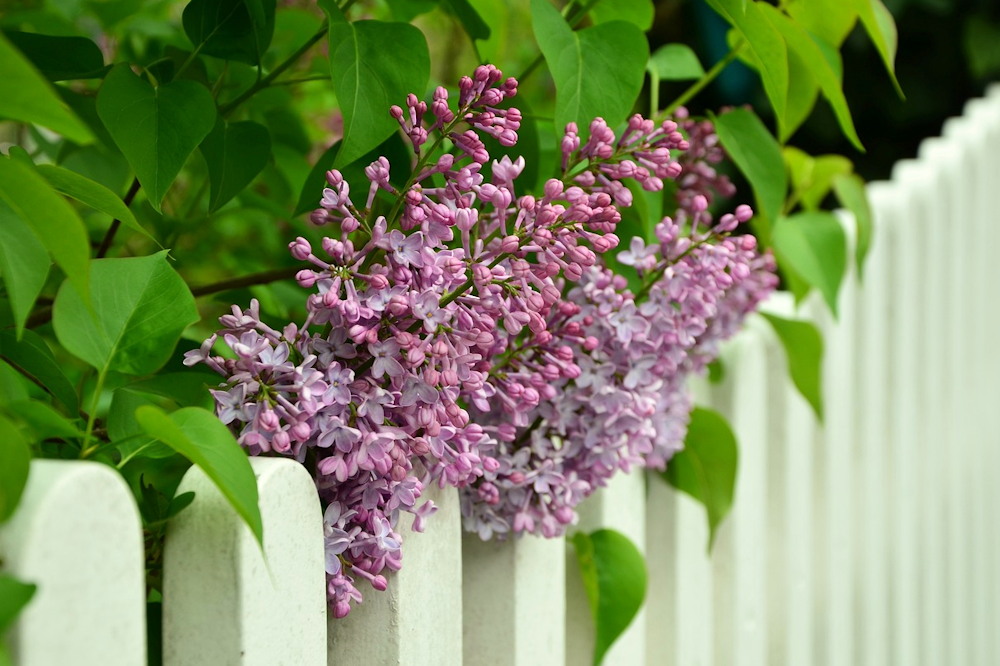
5. Planting Unsuitable Plants
It’s easy to get carried away with the variety of plants available, but not every plant is suitable for every climate. Before buying seeds or seedlings, check the hardiness zone on the package. This will tell you if the plant can thrive in your area.
Choosing inappropriate plants can lead to poor growth, lack of flowers or no fruit. Stick to plants that are known to grow well in your region, and consider native species, which are typically more resilient and require less maintenance.
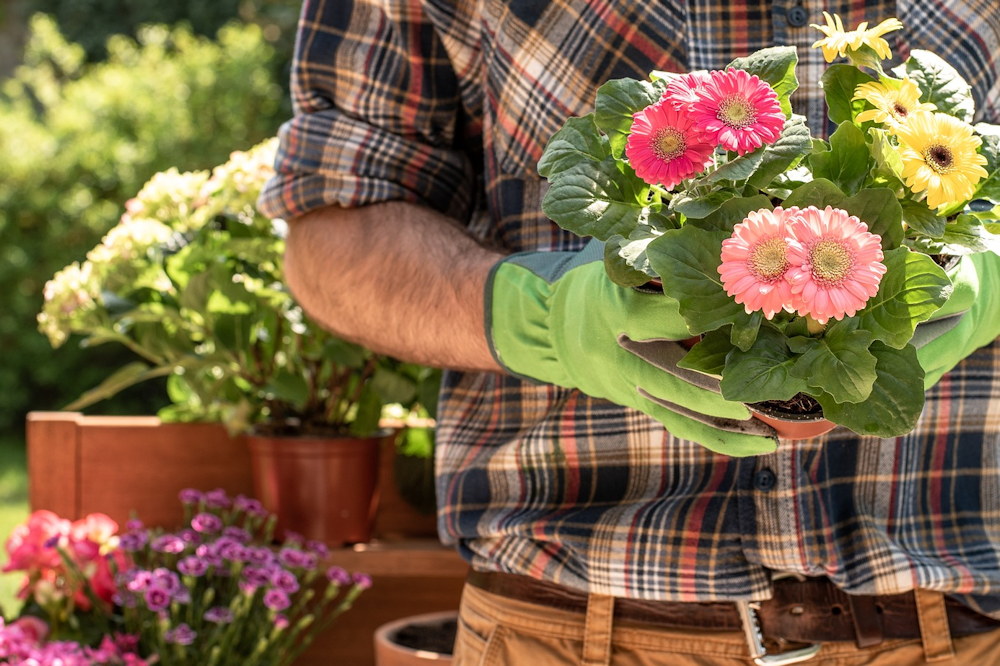
6. Skipping Regular Maintenance
Gardening isn’t a “set it and forget it” activity. After planting, you need to tend to your garden regularly. This includes watering, pruning and, most importantly, weeding. Weeds can quickly overtake a garden, stealing nutrients and sunlight from your plants.
Mulching can help suppress weeds, but the most effective method is manual removal. If your garden is too large, weed control can become a daunting task. This is why it’s crucial to start with a manageable area and maintain a consistent schedule.
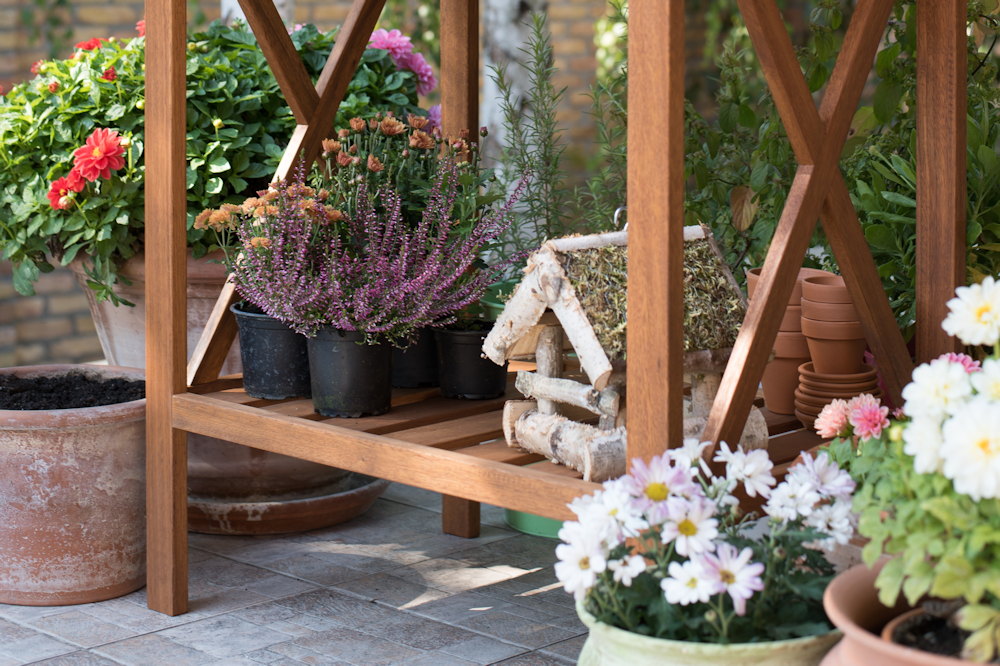
7. Failing to Plan for Seasonal Changes
Gardens change with the seasons, and failing to plan accordingly can lead to disappointment. Some plants are annuals, lasting only one season, while others are perennials, returning year after year. Knowing the difference is key to managing your garden’s long-term health.
Consider planting a mix of annuals and perennials to keep your garden vibrant throughout the year. Also, plan for off-season care. For example, in colder climates, you might need to cover plants or bring them indoors to protect them from frost.
Gardening is a journey filled with learning and growth, both for your plants and for you as a gardener. By avoiding these common mistakes, you’ll be well on your way to cultivating a thriving garden. Remember, patience and consistent care are the keys to success, and with each season, you’ll see your hard work bear fruit – quite literally.



